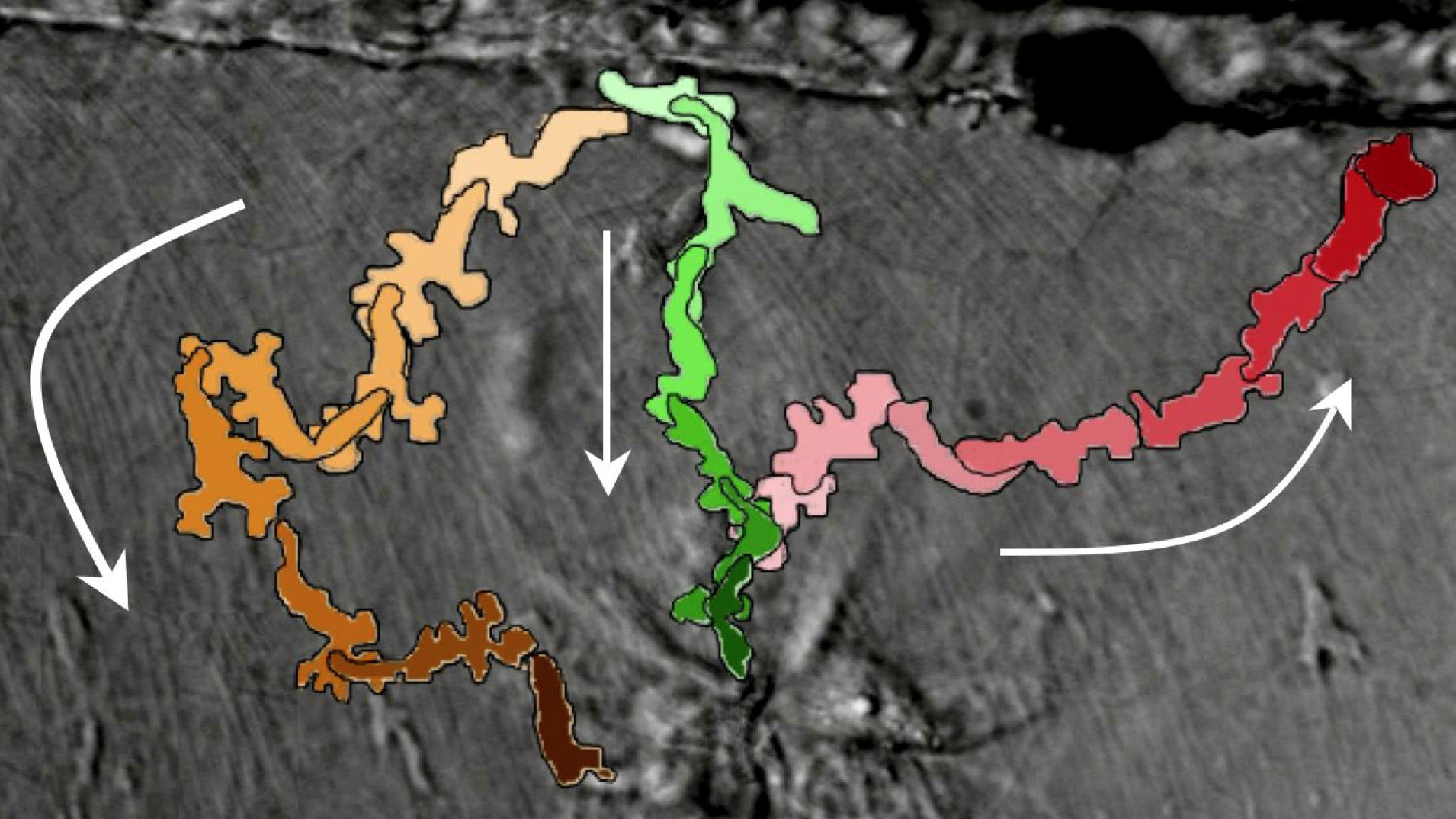Drosophila wound imaging
Mae'r cynnwys hwn ar gael yn Saesneg yn unig.
The Martin lab investigates the inflammatory response to tissue damage (wounds) and cancer using various models from mice through to zebrafish and Drosophila embryo, which are both amenable to live imaging.

To date we have manually tracked the pathways of innate immune cells to their wound or cancer targets, and analysed these tracks using crude statistical approaches e.g. counting numbers of recruited cells, cell velocity and straightness index, which give only basic insights into cell behaviour.
Such simple statistics fail to capture the full behavioural information content offered by such rich in vivo imaging data.
In a BBSRC-funded collaboration with Michael Stumpf’s group at Imperial College, we have begun to apply Baysian inference-based computational strategies to analyse the in vivo dynamics of the Drosophila hemocytewound inflammatory response.
From the spatiotemporal changes in the responding cell’s behaviours following wounding, we gain new detailed insight into the properties of the attractant gradient, for example its precise source, diffusion coefficient and longevity, that were not tractable by experimental biology alone.